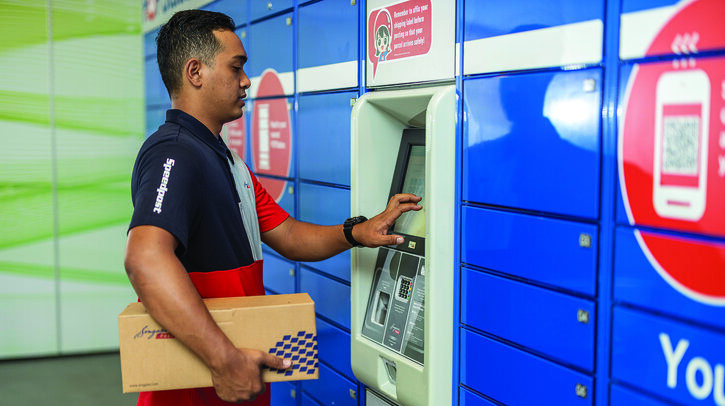Singapore Post (SingPost) has announced its financial results for the first half of the year to September 30, revealing that group revenue grew by 20% year-on-year (YoY) to S$992.4m (US$745.5m) and net profits increased by 65.5% YoY to S$22.2m (US$16.6m).
The company saw revenues in its Australian business rise by 44.1% to S$574.9m (US$431.8m) and profits up 30.2% to S$30.4m (US$22.8m), driven largely by the consolidation of Border Express following its acquisition in March 2024.
According to SingPost, the organic performance of the Australia business was resilient in the face of challenging business conditions, with the industry experiencing economic headwinds and reduced volumes in the B2B and B2C sectors. Its 4PL business pipeline remained strong in the first half with the addition of new customers.
Vincent Phang, group CEO at SingPost, said, “Our first-half results demonstrate the resilience across our businesses, despite the challenging market conditions. We are focused on executing our strategic initiatives to maximize shareholder value.”
International results
SingPost revealed that its international cross-border business continued to face a difficult environment, with revenue falling by 26.8% YoY to S$117.9m (US$88.5m) although operating profit was S$4.3m (US$3.2m) compared with S$3.0m (US$2.2m) in 2023.
The post’s freight forwarding revenue increased by 9.7% YoY to S$148.7m (US$111.7m) due to higher sea freight rates, but operating profit declined by 29.2% to S$8.4m (US$6.3m).
Singapore business
Domestically, SingPost’s postal and logistics business achieved a revenue of S$129.6m (US$97.3m), an increase of 12.4% YoY, due to higher revenue from the delivery business arising from the postage rate increase implemented in October 2023, which offset the continued decline in lettermail volume.
However, the post office network remained unprofitable, resulting in an overall operating loss of S$0.9m (US$0.6m) – down from S$14.7m (US$11m) in 2023.
The group said it is finalizing an operating model with the authorities to ensure the long-term commercial viability of postal services, focusing on the optimization of consumer touchpoints and the transition of certain post office services to alternative touchpoints.


